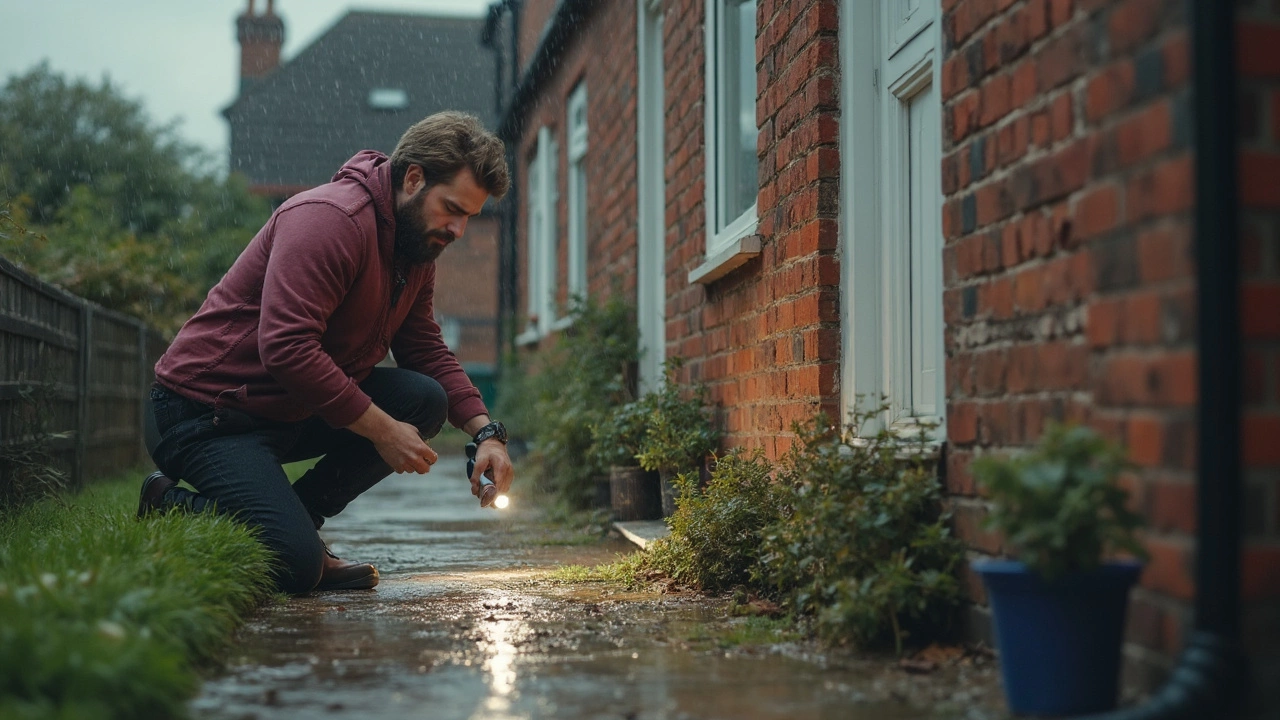Water Leakage: How to Spot It Early and Stop the Damage
Nothing feels worse than walking into a wet floor or seeing a damp wall. Water leakage can ruin floors, weaken foundations, and invite mold. The good news is you can catch most leaks before they become expensive repairs. Below are the most common places water sneaks in and simple steps to fix them.
Where Leaks Hide in Your Home
Roof and gutters. Missing shingles, cracked flashing, or clogged gutters let rain run down walls instead of away. Check the roof after a storm and clean gutters regularly.
Plumbing pipes. Old copper or flexible PEX can develop pinhole leaks. Look under sinks, around the water heater, and behind the toilet for small drips or mineral rings.
Foundation cracks. Even tiny hairline cracks let groundwater seep into basements. If you notice a musty smell or damp patches, it may be a sign of foundation waterproofing failure.
Windows and doors. Improper sealing allows rainwater to splash onto frames and crawl into interior walls. Watch for water stains on the sill after heavy rain.
Appliance connections. Dishwashers, washing machines, and refrigerators often have hoses that can loosen. Inspect the connections quarterly.
Quick Fixes You Can Do Today
Start with the easy wins. Replace missing roof shingles, seal gutter joints with silicone, and clear debris that blocks water flow. For pipe leaks, turn off the water supply, tighten fittings, or apply a temporary epoxy patch.
If you find damp spots on walls, use a waterproofing sealant designed for interior masonry. Apply it with a brush, let it dry, then repaint with mold‑resistant paint.
When the problem is a foundation crack, a short‑term solution is to fill the gap with hydraulic cement. This material expands as it cures, creating a tight seal that can hold back water until you arrange a professional waterproofing job.
For persistent moisture, consider installing a sump pump or improving exterior drainage. A simple French drain around your house can redirect groundwater away from the foundation.
Don’t forget to run a dehumidifier in basements or crawl spaces. Lower humidity stops mold from taking hold and keeps stored items dry.
If you’re unsure about the source or the leak seems extensive, call a qualified contractor. Professionals can perform a water‑intrusion test, locate hidden cracks, and apply industry‑grade sealants that last years.
Staying on top of water leakage saves money, protects your home’s structure, and keeps the indoor air healthy. Check these spots regularly, act fast when you see a sign, and you’ll keep water where it belongs – outside.
Foundation Crack: What Happens If You Don't Fix It?

Ignoring foundation cracks might seem harmless at first, but it can quickly turn into a nightmare for any homeowner. This article breaks down exactly what happens if you don't fix a foundation crack, from small leaks to serious structural issues. You'll learn why early repair is always cheaper and smarter, plus get a few tips on spotting trouble before it gets worse. Understanding the risks and signs can save you from a lot of headaches. Get the facts before the cracks get bigger.
read more



